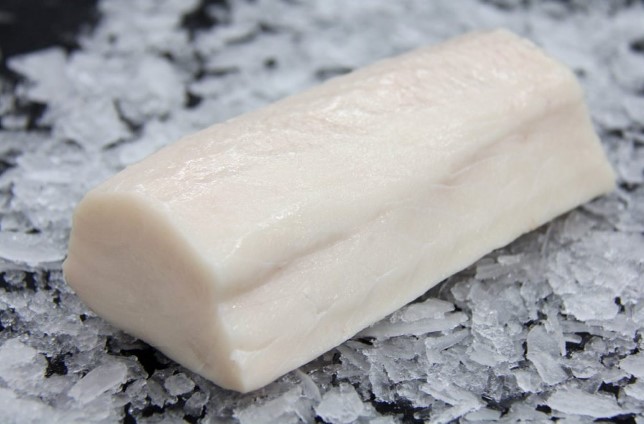
A major cause of poor performance by sushi restaurants is that the seafood they purchase remains unsold. Instead of being served to customers as sushi or sashimi, it begins to rot and is discarded. When this situation persists, people resort to things they should not do.
It is used as a freshness preservative to extend shelf life because it prevents oxidation of perishable items by absorbing oxygen in a sealed condition. It is used to prevent the deterioration of pharmaceuticals, clothing, cosmetics, etc., so it is not a suspicious chemical, but it is used in the wrong way.
On the other hand, a factor that significantly increases performance is the use of ingredients purchased at low prices and served as overpriced dishes. For example, a food fraud is to offer a lumpfish caviar as a Beluga caviar. This is like exchanging a $1 bill for a $100 bill.
Those who believe in the goodness of human nature may find it hard to accept that such things are happening, but please take a look at the survey results below.
Oceana, a marine conservation organization, previously released a study that found that approximately 60% of supermarkets and restaurants that sell seafood in New York City had some seafood that was different from the product name. The survey involved DNA analysis of 142 seafood samples from 81 supermarkets, food stores, restaurants, and sushi restaurants in New York City. According to the survey, sushi restaurants were found to have the most fish samples that differed from the product names (76%), followed by restaurants (39%), and supermarkets and food stores (29%). The most common type of fish found to be different from the actual product was white tuna. Of the 17 samples of white tuna brought back from sushi restaurants, 16 or 94% were Escola.
By the way, what kind of fish is white tuna in this survey? White tuna does not exist. In Japan, Yake maguro, which died after being caught violently on longlines, is sometimes called so.
Overseas, however, this does not seem to be the case. Often marketed as “white tuna” or “super white tuna,” this is the common name for two species of fish, Escolar (Aburasokomutsu) and Oilfish (Baramutsu). The flesh of Escolar (Aburasokomutsu) and Oilfish (Baramutsu) are rich in taste and can be substantially cheaper than that of other fish species, leading to some vendors intentionally mislabelling it as Butterfish or Cod.
Escolar contains a waxy ester called gempylotoxin which makes up to 90% of the fish’s total fat content and gives it its characteristic texture. Despite its name, gempylotoxin is not poisonous. However, humans can’t digest this waxy substance, and consuming it can lead to stomach cramps, intestinal discomfort, and an unfortunate encounter with the toilet for some individuals.
Oilfish (Baramutsu) has been banned by the Ministry of Health, Labor and Welfare in Japan since 1970 as a food that falls under the Food Sanitation Law and is not distributed. Escolar (Aburasokomutsu) is also a member of the same family, and its sale is prohibited under the same law.
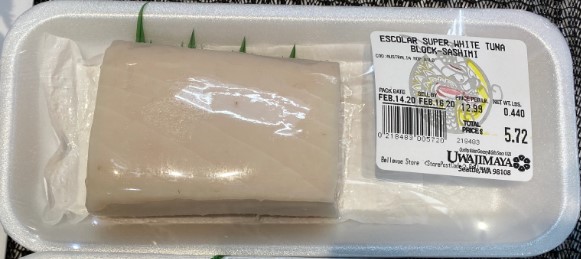
In South Korea, where it has been consumed as white tuna, there was a move to amend the law to prohibit its consumption, but it has continued to be distributed disguised as tuna since then. In China, some companies offer this species disguised as salmon and cod. In Taiwan, on the other hand, there are no restrictions on distribution, and the fish is eaten as sashimi. Of course, in the U.S. and other countries, it is sold in supermarkets and is therefore an edible fish.
In other words, the only problem is that cheap fish is disguised as tuna to sell it at a higher price.
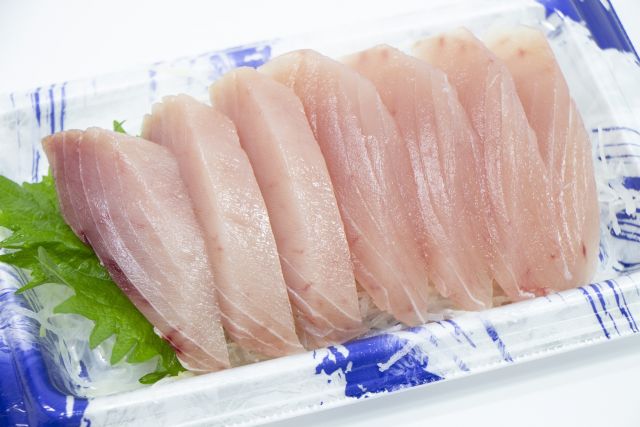
It is also worth noting that in the US, the trade name “white maguro” is sometimes used for albacore tuna. In Japan, one major canned tuna manufacturer even states that it uses “white maguro” for its albacore tuna cans. Personally, I would be very cautious about any product labeled “white tuna.”
We hope this information will be helpful.

Revision date: September 22, 2025
Share this article
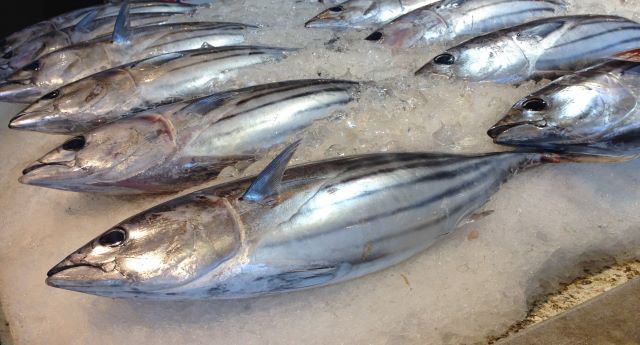
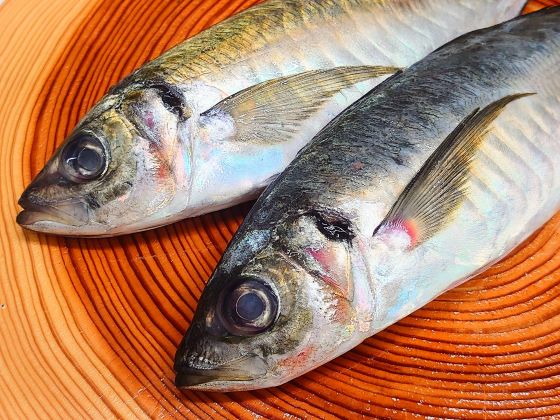
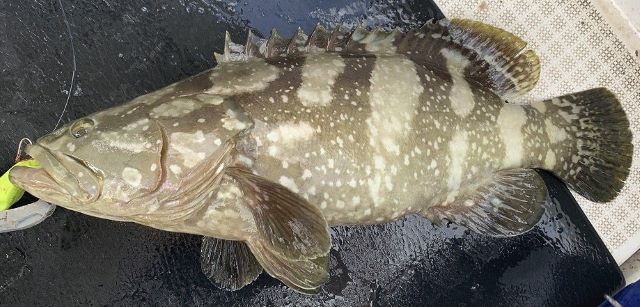
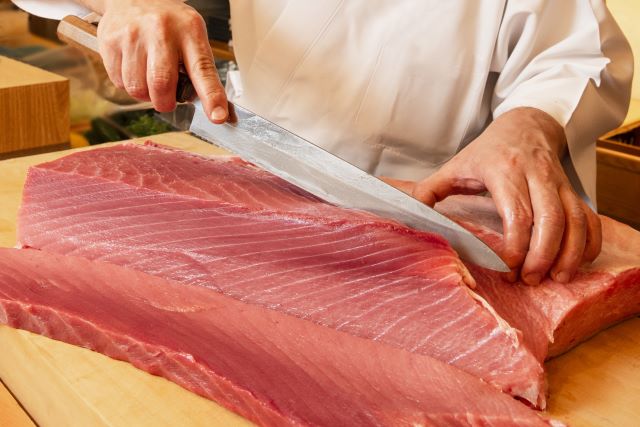

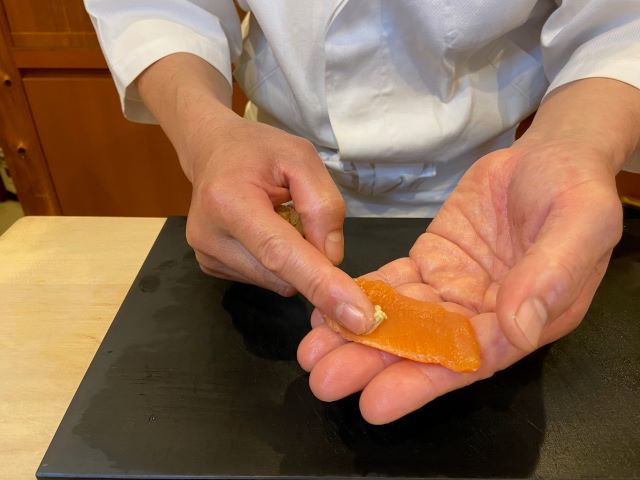
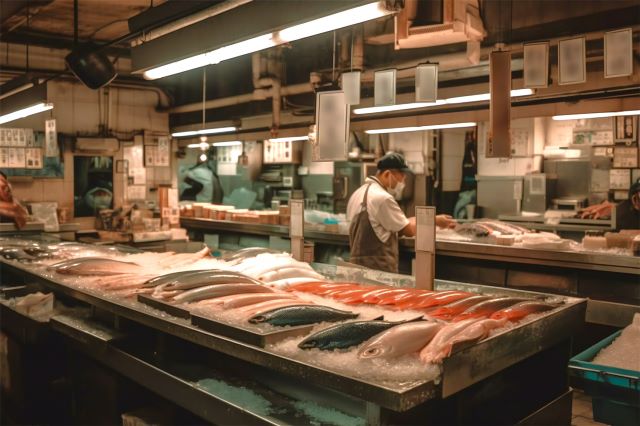
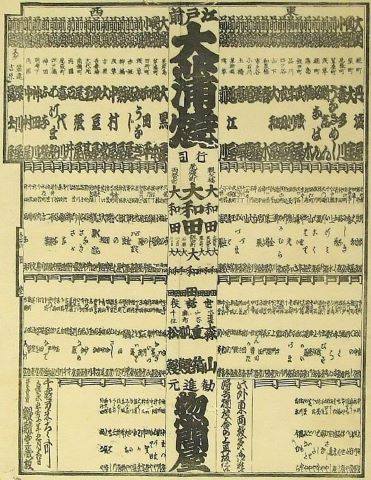
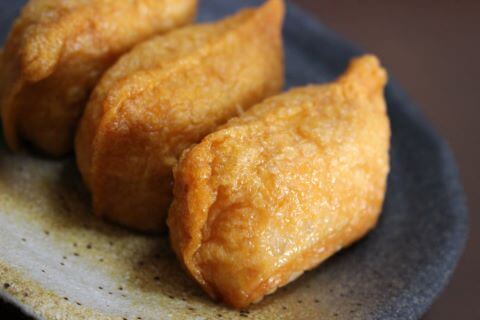
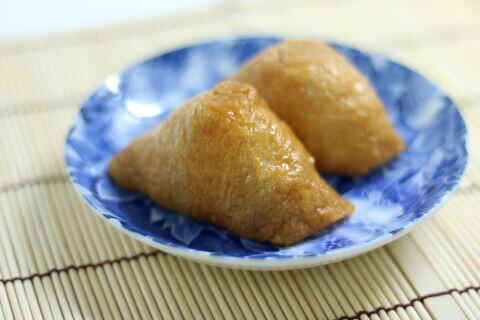
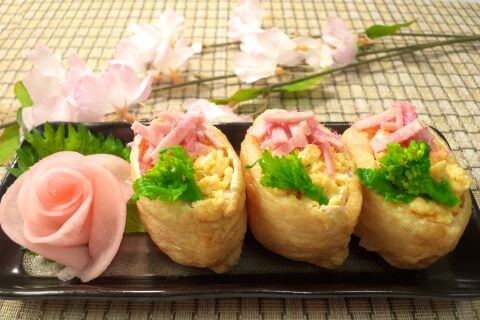
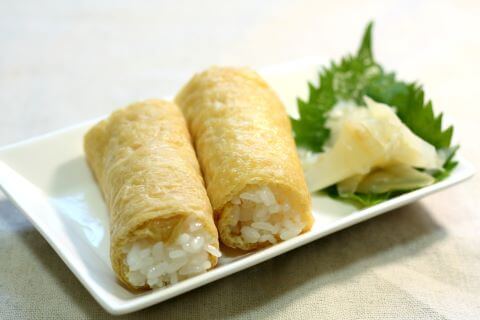 Almost all roll-type Inarizushi in Japan is made with a dried fried tofu from Kumamoto called Nankanage. Unlike normal fried tofu, it looks like paper in the shape of a sponge and does not form a bag. That’s why the only way to use it was by wrapping it around the rice. Also, this method might have emerged as a practical solution to avoid tearing the tofu while stuffing it.
Almost all roll-type Inarizushi in Japan is made with a dried fried tofu from Kumamoto called Nankanage. Unlike normal fried tofu, it looks like paper in the shape of a sponge and does not form a bag. That’s why the only way to use it was by wrapping it around the rice. Also, this method might have emerged as a practical solution to avoid tearing the tofu while stuffing it.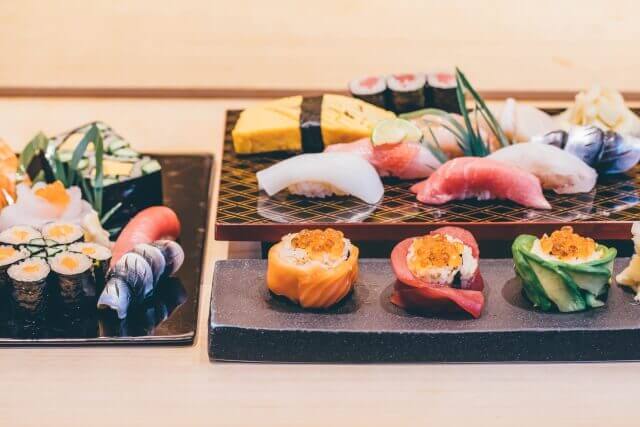 There are many things that fall under the term “sushi”.
There are many things that fall under the term “sushi”.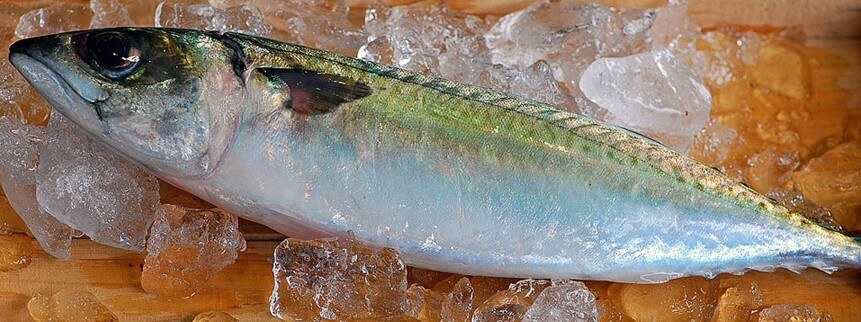
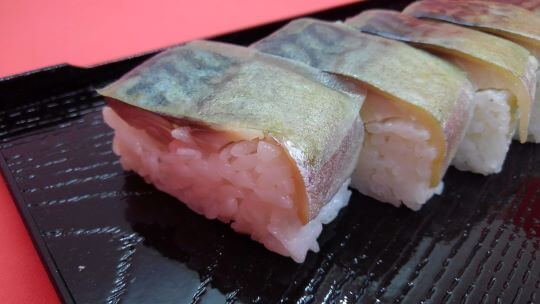 While not often seen in Tokyo, “Whole mackerel sushi” is popular in Kyoto and Osaka. This is pressed sushi made by placing vinegared
While not often seen in Tokyo, “Whole mackerel sushi” is popular in Kyoto and Osaka. This is pressed sushi made by placing vinegared 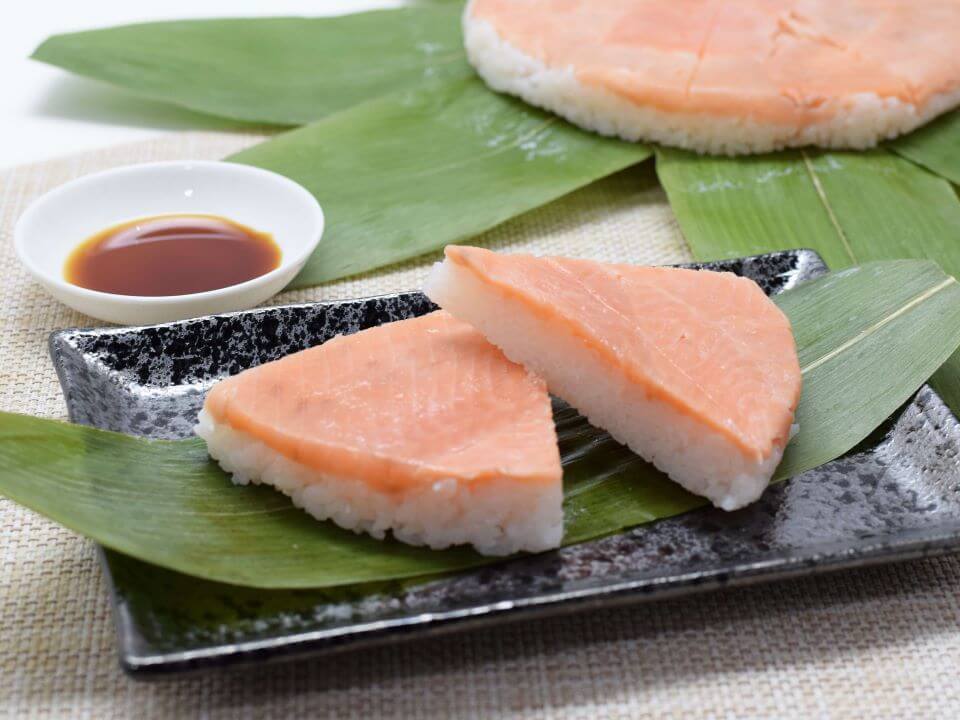 The origin of Masuzushi dates back about 300 years. Apparently, in 1717 it was first presented as Ayu narezushi (narezushi is a traditional food, said to be the original form of sushi and made from lactic fermentation of fish) to the third-generation feudal lord, Toshioki Maeda, by Shinpachi Yoshimura, a feudal retainer of Toyama who excelled in cooking skills. Toshioki liked the dish very much and assigned the role of vinegaring Ayu to Shinpachi. After that, it is said that the same narezushi was presented to the eighth shogun of the Tokugawa shogunate, Yoshimune Tokugawa, and that Yoshimune was extremely pleased with it.
The origin of Masuzushi dates back about 300 years. Apparently, in 1717 it was first presented as Ayu narezushi (narezushi is a traditional food, said to be the original form of sushi and made from lactic fermentation of fish) to the third-generation feudal lord, Toshioki Maeda, by Shinpachi Yoshimura, a feudal retainer of Toyama who excelled in cooking skills. Toshioki liked the dish very much and assigned the role of vinegaring Ayu to Shinpachi. After that, it is said that the same narezushi was presented to the eighth shogun of the Tokugawa shogunate, Yoshimune Tokugawa, and that Yoshimune was extremely pleased with it.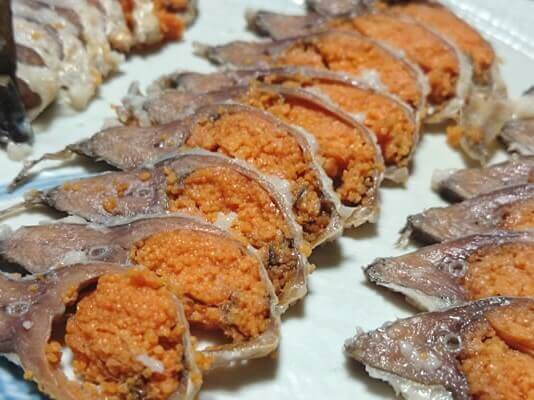 Narezushi (mainly a preserved food in which fish undergoes lactic fermentation with salt and rice), in which Sushi finds its roots, can still be found even today throughout Japan. The most famous is Funazushi (鮒寿司, 鮒鮓, 鮒寿し) in Shiga prefecture.
Narezushi (mainly a preserved food in which fish undergoes lactic fermentation with salt and rice), in which Sushi finds its roots, can still be found even today throughout Japan. The most famous is Funazushi (鮒寿司, 鮒鮓, 鮒寿し) in Shiga prefecture.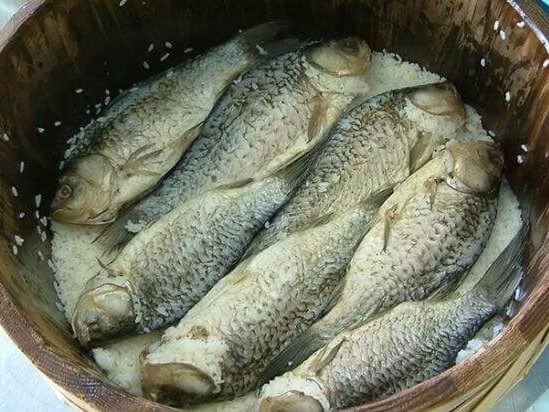 Making Funazushi sushi is surprisingly simple. The only ingredients are crucian carp caught in
Making Funazushi sushi is surprisingly simple. The only ingredients are crucian carp caught in